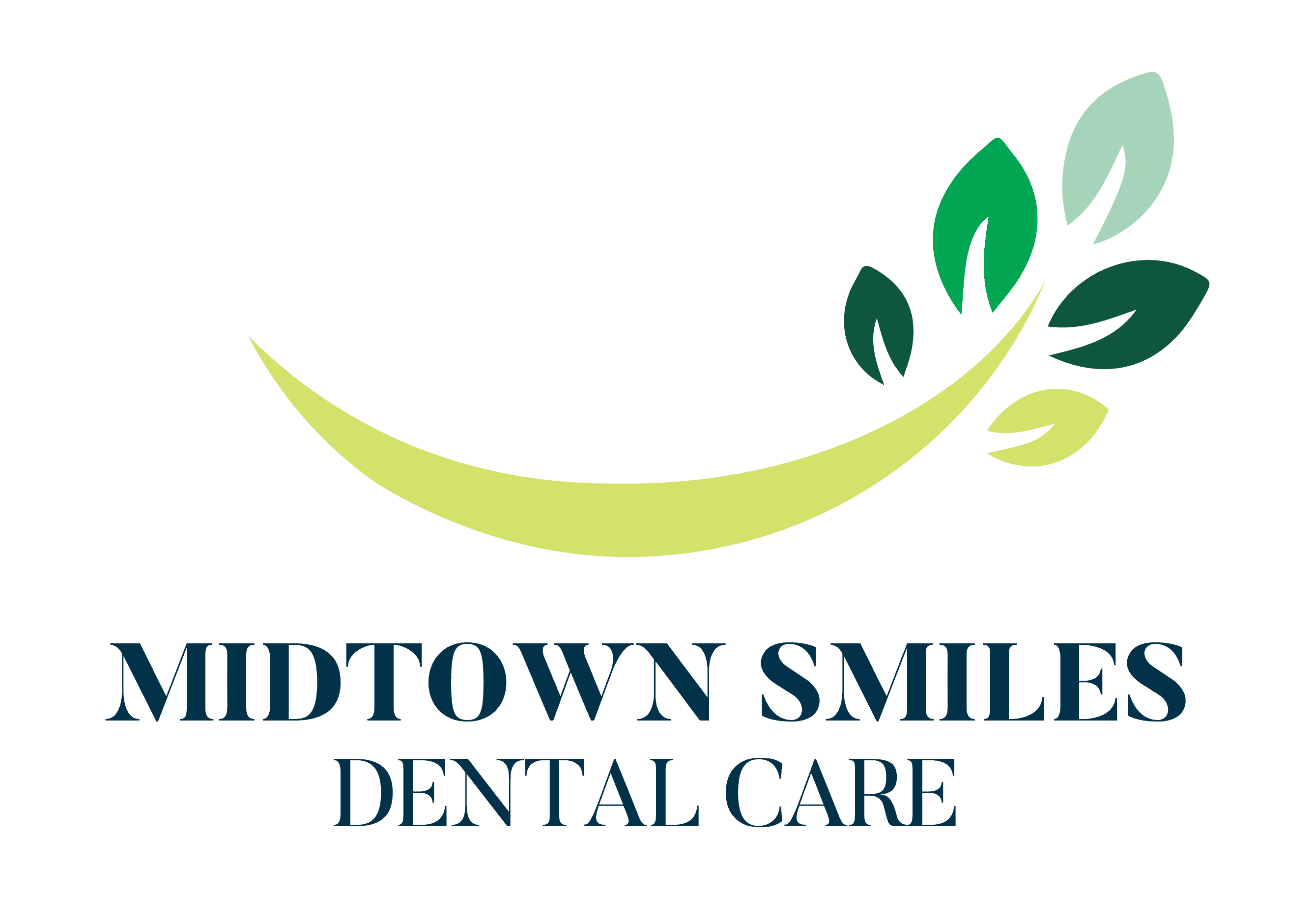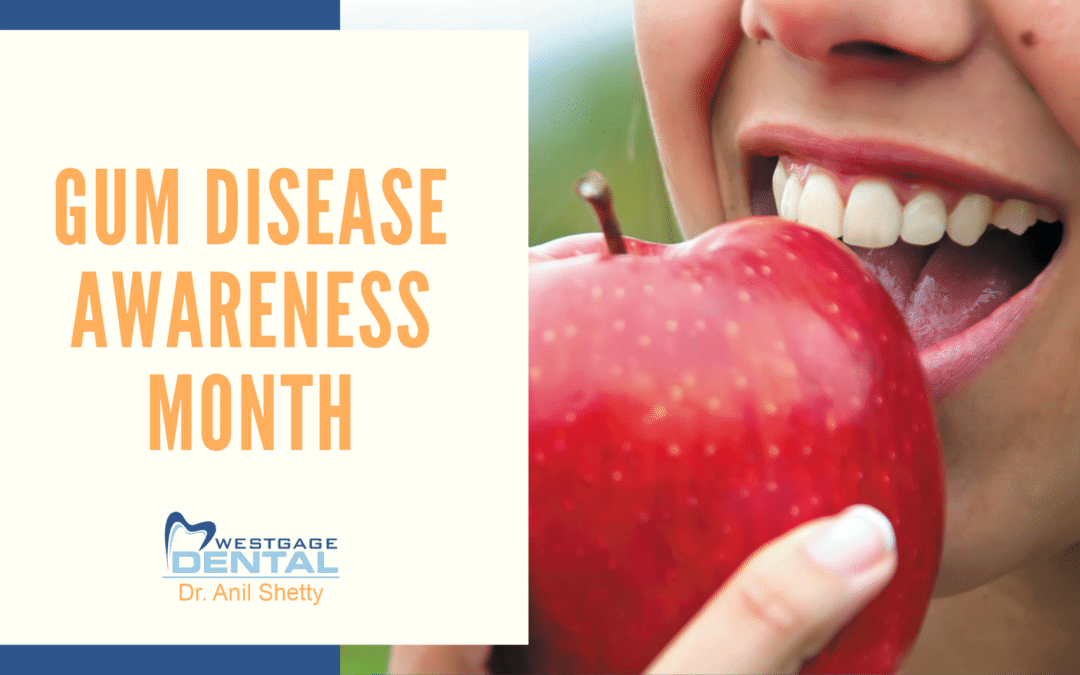Gum disease is caused by the ongoing attacks of the bacteria that live in dental plaque. Plaque is a sticky, colorless coating you can feel on your teeth before you brush them. The reason you need to brush and floss every day is to remove this plaque, which otherwise attacks tooth enamel and gum tissue to break them down. If it is not removed daily, then it hardens into tartar, which then needs to be removed at your six-month dental checkup using special tools.
What are the factors that lead to gum disease?
As we have already shared, the leading cause of gum disease is poor oral hygiene. Additional factors that can speed up the development of this disease, include the following:
- Stress
- A high sugar diet
- Chronic tobacco use
- Regular alcohol consumption
- Misaligned teeth (prevents you from cleaning your teeth effectively)
- Fluctuating hormone levels
- Cancer & diabetes
- Breathing through the mouth
What are the symptoms of gum disease?
How do you know if you have gum disease, especially since it’s often painless in the early stage? You should watch out for these following symptoms:
- Bad breath that doesn’t go away after brushing and flossing.
- Inflamed, swollen, or bright red gum tissue.
- Gums that are sensitive to the touch or bleed easily.
- Receding gums, which may make your teeth look longer.
- Shifting, sensitive, or loose teeth.
What are the different stages of gum disease?
Stage 1: Gingivitis
Firstly, the beginning stage of gum disease is called Gingivitis. In this stage, you might start noticing gum inflammation, swelling, redness, and bleeding, especially when you brush or floss. But, the good news is that this can be reversed since it hasn’t yet reached the bone and connective tissue.
Stage 2: Periodontitis
Secondly, the stage of Periodontitis. It is irreversible and can destroy the supportive bone and connective tissue. You may feel pockets forming below the gum line. Gum pockets allow the formation of plaque buildup under the gum line, which often requires interventive periodontal treatment, like scaling and root planning coupled with a stepped-up daily oral hygiene routine.
Stage 3: Advanced Periodontitis
Thirdly, if you neglect stage two of gum disease, you will likely find yourself in this final stage of the disease. By this stage, the connective tissue and bone material are already destroyed. It can cause your teeth to loosen and shift out of position, altering your bite, speech, and ability to chew properly. Without periodontal treatment, your teeth will likely require extraction.
How can you prevent gum disease?
Thankfully, there’s a lot you can do to prevent gum disease from attacking your smile! You should always be proactive when it comes to your oral health. We have a few tips that you can use to save your gums.
- Stick to a diligent daily oral hygiene routine, including brushing and flossing at least twice a day.
- Keep all scheduled biannual dental checkups and cleanings.
- After eating (especially snacks), drink water to rinse away food particles and oral debris.
- Limit bacteria-feeding sugars in your diet, and when you do indulge, chew sugarless gum to increase saliva flow that helps rinse away bacteria.
- If you still use tobacco, there’s no better time than now to give it up. Your gums will thank you for it.


